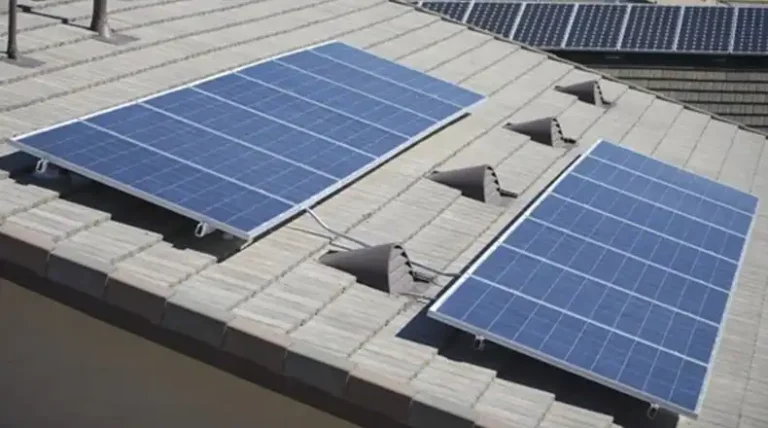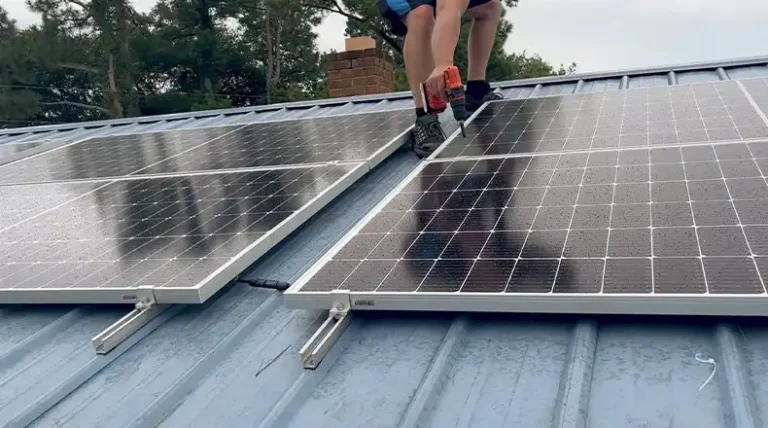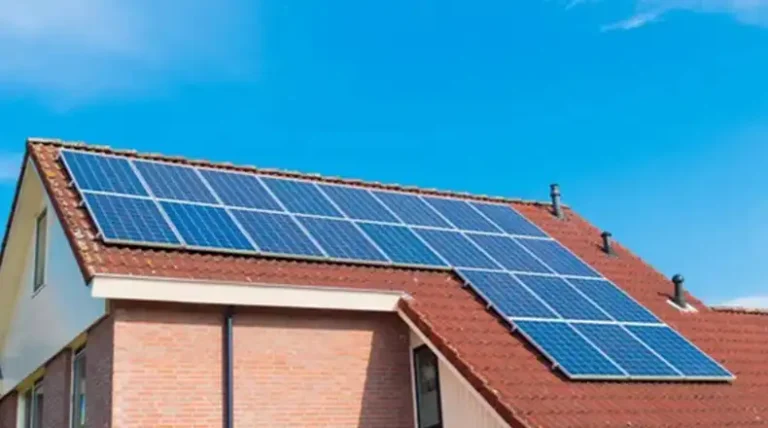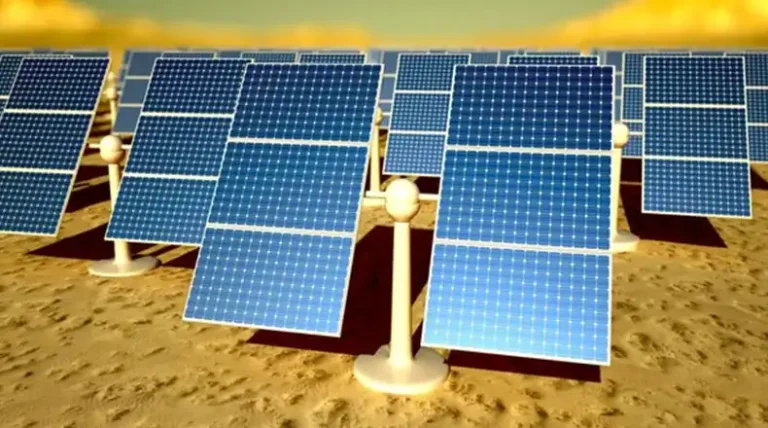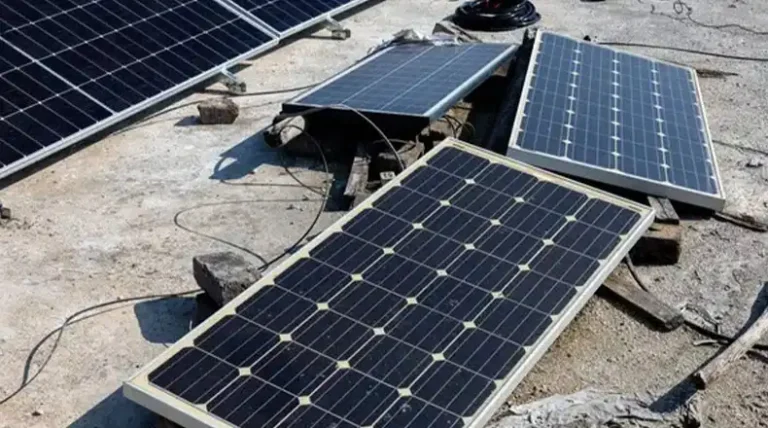Clear vs Blue Solar Cover | How I Do the Differentiation?
Spending long hours cleaning and maintaining a swimming pool can be tedious. Investing in a good quality solar cover can save time and money on pool upkeep. Solar covers, often called thermal blankets, are available in clear and blue variants.
Many pool owners wonder what the differences are and which is ideal for their pool. Deciding between clear or blue solar blankets for your swimming pool? The main distinction lies in light permeation. Clear covers allow full sunlight to pass through, heating up the water quickly. Blue-colored covers filter specific light spectrum bands, absorbing some rays while enabling water-heating rays to transmit heat.
This article will get into the key distinctions between clear and blue solar covers, their heating properties, pros and cons, and help determine the right choice for your pool’s needs.
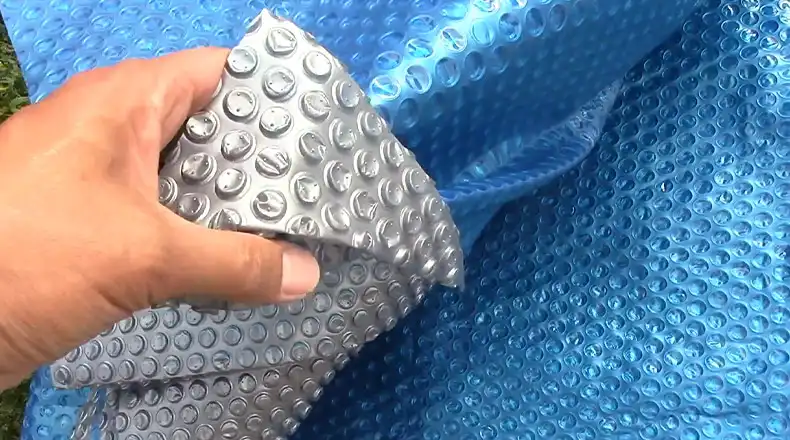
What are the Differences Between Clear/Transparent and Blue Solar Covers?
The main difference lies in how each type of cover interacts with sunlight.
Appearance
Clear solar covers: Transparent and allow you to see through to the pool water, showcasing the pool’s captivating features and the inviting gleam of the water.
Blue solar covers: Have a blue tint that obscures the visibility of the pool water, creating a more serene and mysterious ambiance around the pool area.
Heating Ability
Clear solar covers: Allow more sunlight to pass through and reach the pool water, allowing the sun’s energy to directly heat the water, making them an ideal choice for most climates, particularly those with cooler temperatures.
Blue solar covers: Absorb some of the sunlight, but the remaining sunlight still contributes to heating the pool water. Blue covers are slightly better at retaining heat in the pool once it has been heated, making them a suitable option for very hot regions where limiting excessive sunlight exposure is beneficial.
Cooling Reduction
Clear solar covers: Effectively reduce pool water evaporation and heat loss at night, helping to maintain warmer water temperatures throughout the day and night.
Blue solar covers: Are slightly better at minimizing cooling compared to clear covers due to their ability to absorb some sunlight and retain heat more effectively.
Durability
Clear solar covers: Generally tend to be more durable and longer-lasting compared to blue covers. This is because clear covers often have a higher UV resistance, making them less susceptible to degradation from sunlight exposure. However, the quality and thickness of both clear and blue covers play a significant role in their durability.
Blue solar covers: May fade and degrade faster from sunlight exposure due to the dyes used to create the blue tint. Besides these, blue color can absorb UV light and due to this reason, the lifespan of the cover decreases!~
Algae Growth
Algae is less likely to grow under blue solar covers: Since less sunlight passes through blue covers, it creates a less favorable environment for algae growth. This can be particularly beneficial in areas with high algae growth potential.
Clear covers allow more light: Which can promote algae growth. However, regular pool maintenance and the use of algae control chemicals can effectively manage algae growth under clear covers.
Aesthetics
Clear covers: Provide a clear view of the pool and watercolor, allowing you to appreciate the pool’s aesthetics and the vibrant hues of the water.
Blue covers: Obscure visibility of the pool water, creating a sense of mystery and intrigue around the pool area. The blue tint can also add a touch of elegance and sophistication to the pool’s surroundings.
Summary
| Parameter | Clear Solar Covers | Blue Solar Covers |
| Appearance | Transparent, visible pool area and water | Blue tinted, obscure pool visibility |
| Heating Ability | Allow full sunlight, direct heating | Absorb some sunlight, retain heat well |
| Cooling Reduction | Reduce evaporation and heat loss | Better heat retention overnight |
| Durability | More durable, higher UV resistance | Fade faster, absorb more UV light |
| Algae Growth | Allow light, can promote algae | Restrict light, discourage algae |
| Aesthetics | Showcase pool and water hues | Lend mystery and elegance |
Which Color of Solar Cover is Better for the Pool?
The color of a solar cover is one of the most important factors to consider when choosing one for your pool. The color will affect the amount of sunlight that passes through the cover, which will in turn affect the amount of heat that is transferred to the pool water.
Clear solar covers are transparent and allow more sunlight to pass through to the pool water. This means that clear covers will heat the pool water more quickly than blue covers. However, clear covers also allow more sunlight to pass through to the pool floor, which can promote algae growth.
Blue solar covers have a blue tint that absorbs some of the sunlight. This means that blue covers will not heat the pool water as quickly as clear covers. However, blue covers will also absorb some of the heat that is lost from the pool water at night, which will help to keep the pool water warm for longer. Blue covers also block some of the sunlight from reaching the pool floor, which can help to prevent algae growth.
In general, clear solar covers are a good choice for pools that are located in climates with less sunlight or that have shorter swim seasons. Blue solar covers are a good choice for pools that are located in climates with more sunlight or that have longer swim seasons.
What thickness of the solar cover is best?
The ideal solar cover thickness is 8-12 mil as the blankets are durable yet easy to roll/unroll. Over 12 mil makes handling difficult while under 8 mil compromises on heat retention causing tears faster.
Can I install solar covers myself?
Yes. Solar covers come with complete DIY installation guidelines. Ensure proper perimeter measurements are taken before ordering size. Watch online videos to see the simple steps.
How long do solar covers last?
With proper seasonal removal/storage and periodic cleaning, clear solar blankets last 1 season while blue ones remain effective for 2+ years. Handle covers with care avoiding pets and sharp objects.
Can solar covers be cut to size?
It is not recommended to cut solar blankets as that negatively impacts the air bubble arrangement affecting heating efficiency. Order custom-sized covers for the best outcome. Only use scissors on thin external areas if unavoidable.
How often should I clean the solar cover?
Clear off debris before rolling up covers daily. Every 2-3 weeks use a solar cover cleaner followed by hosing down to keep water heating functioning optimally. Avoid harsh brushes/abrasives during cleaning.

